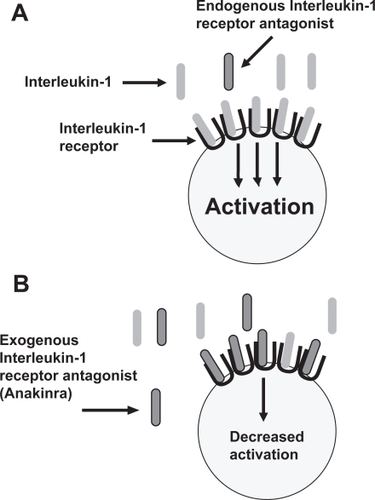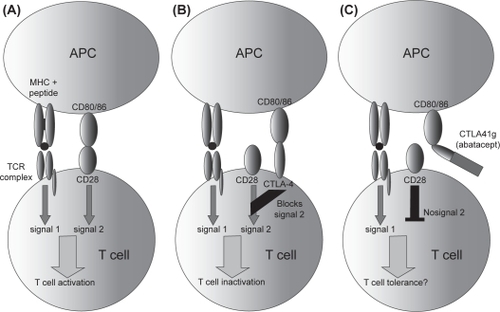Figures & data
Table 2 Summary of TNF inhibitor trials in inflammatory arthritis


